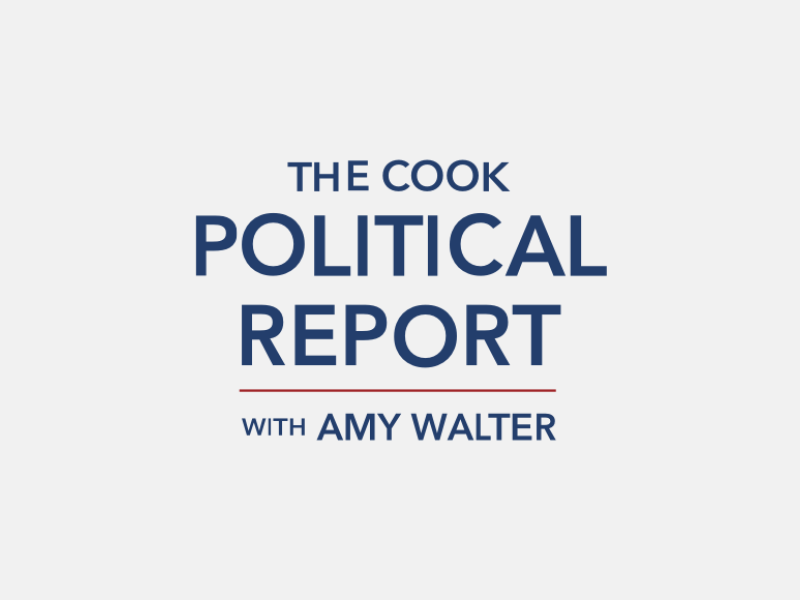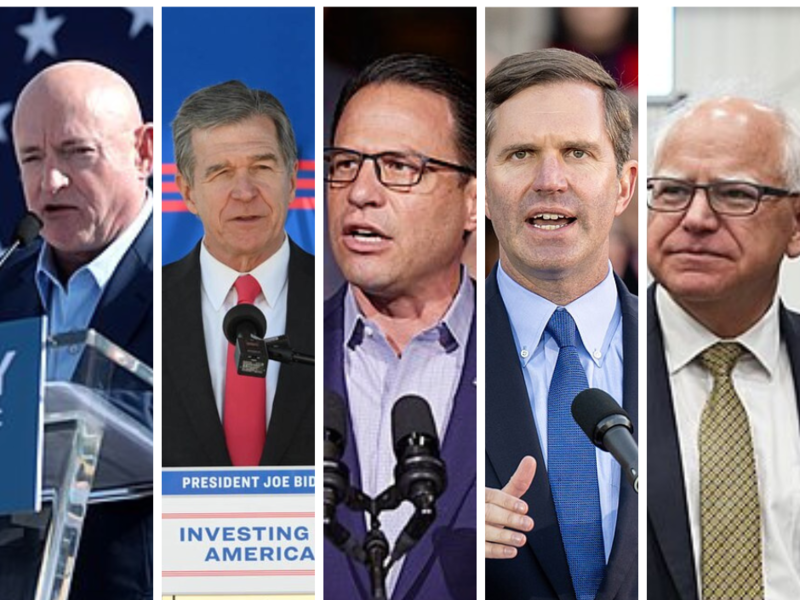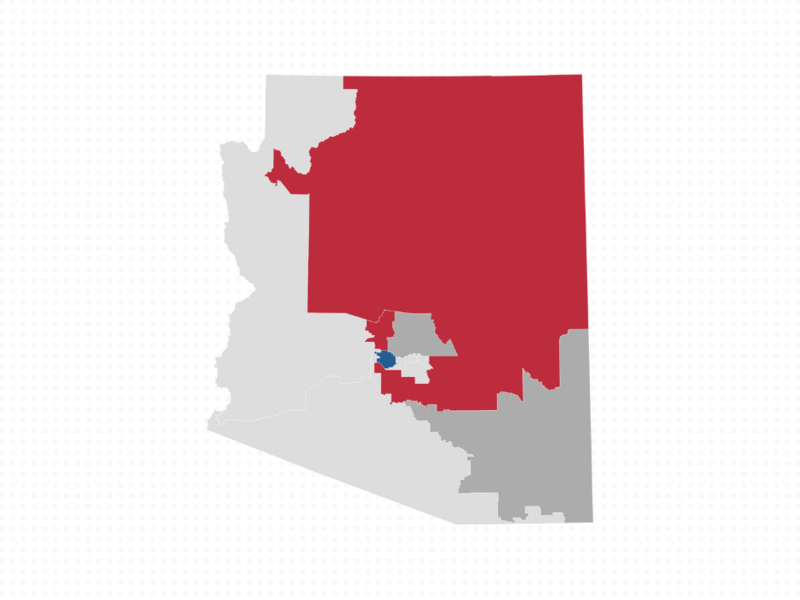
Governor races can operate more independently from national federal trends. In 2022, many states had wide discrepancies between their picks for Senate and governor. Below are five things we learned from this year's gubernatorial contests.
Read more of the 22 things we learned in 2022:
National (1-5) Senate (6-10) House (11-17) Governors (18-22)GOVERNORS (18-22) 18. Democrats defied midterm history. Against all odds, Democrats were able to net two new governors, which was the best result for a president’s party in a midterm since 1986. After Republicans nominated far-right candidates in Massachusetts and Maryland, Democrats were able to recapture these two blue states in their column. Republicans fell short in their targeted races, including Kansas (which Trump carried by almost 15 points), Wisconsin and Michigan. While no Republican incumbents lost, they were only able to flip one seat in Nevada. Democrats hadn’t lost an incumbent governor since 2014, so that eight-year record was broken after Republican Joe Lombardo defeated Democratic Gov. Steve Sisolak. It was evident here again that candidate quality mattered, and Republicans ceded targeted states like Pennsylvania once









Subscribe Today
Our subscribers have first access to individual race pages for each House, Senate and Governors race, which will include race ratings (each race is rated on a seven-point scale) and a narrative analysis pertaining to that race.